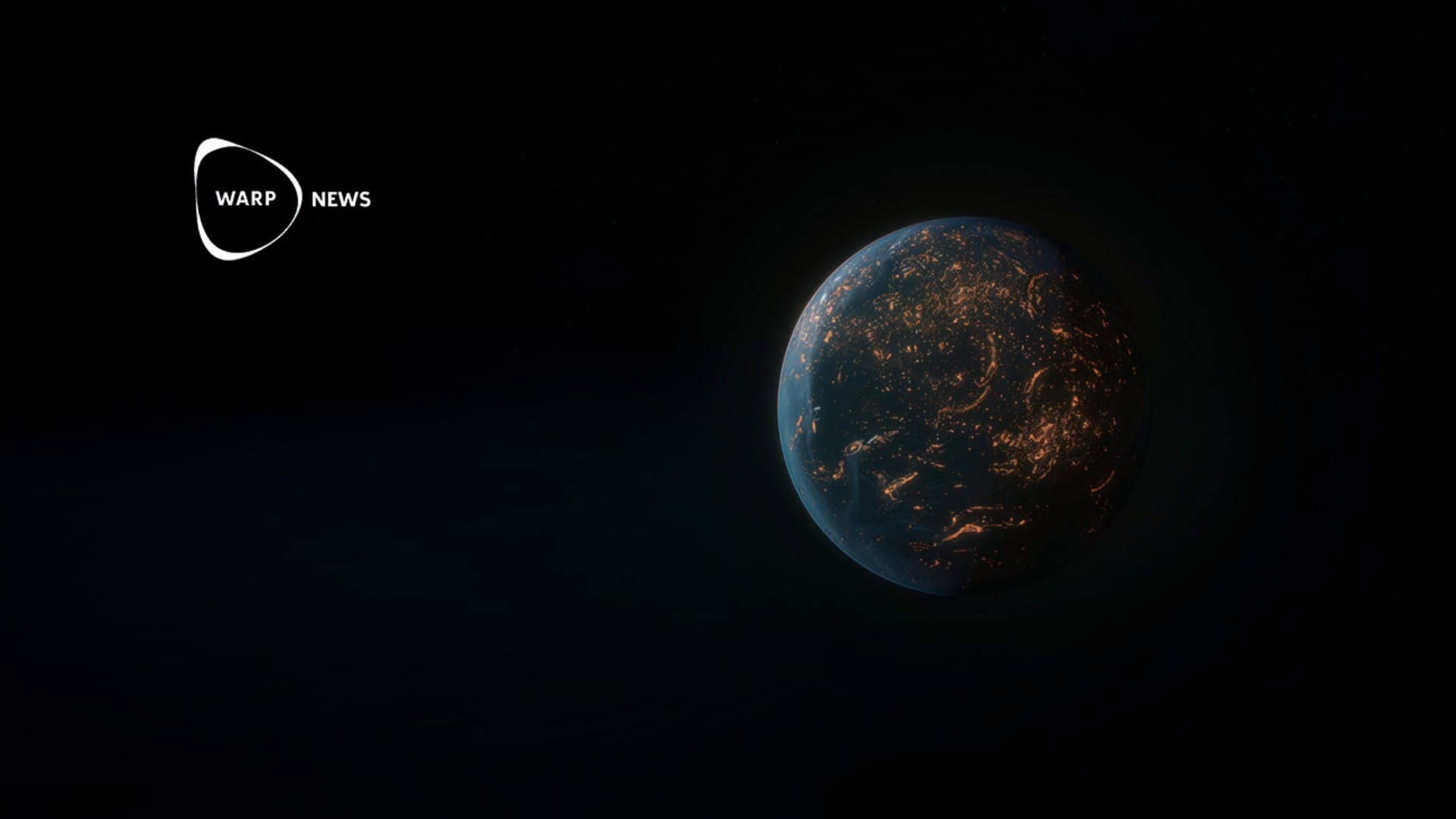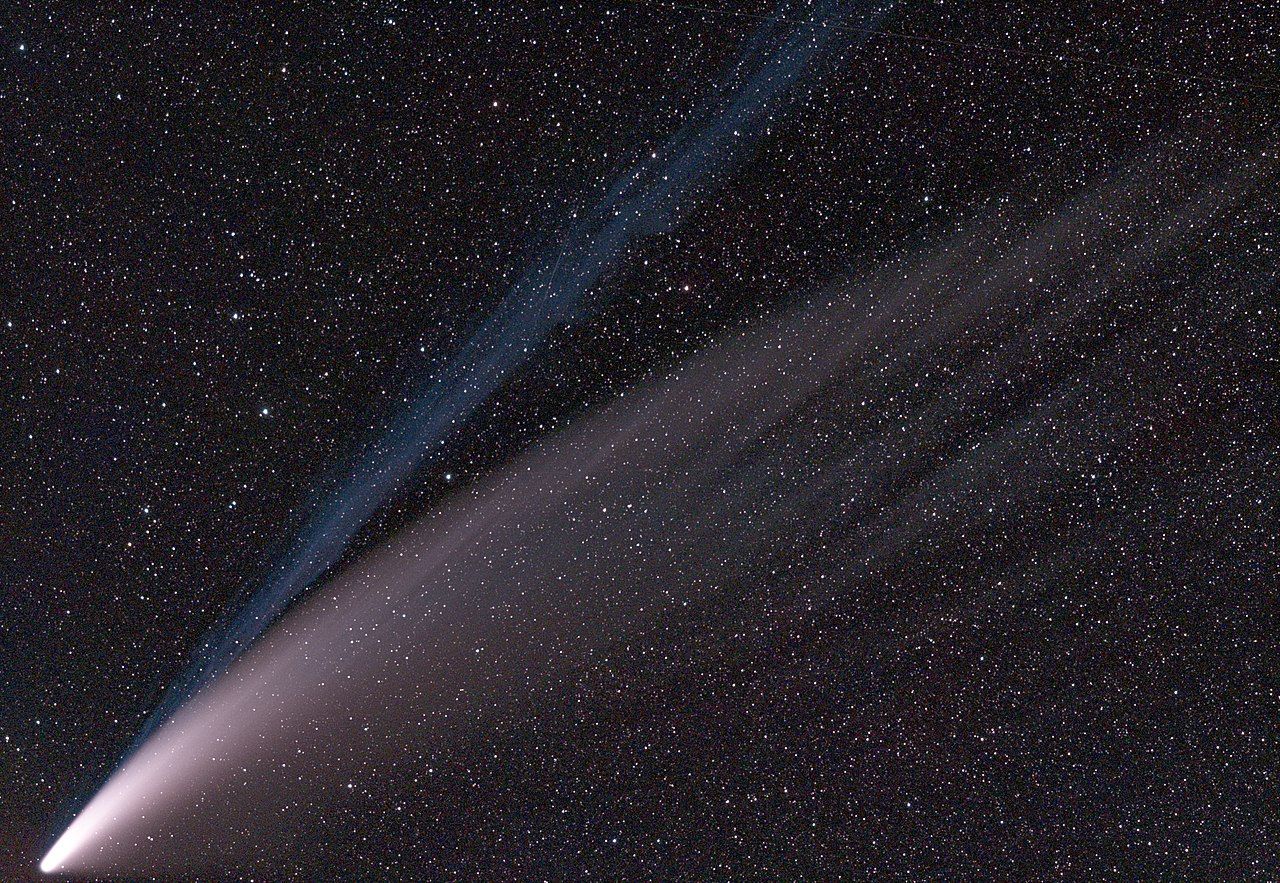
☄️ NEOWISE: Get your glimpse now or never
A once in a lifetime (or 100 lifetimes) opportunity to see this majestic display of the cosmos is coming to an end soon. But it's not too late to see NEOWISE before it departs for another 6,800 years.
Share this story!
Officially named C/2020 F3, this rare type of comet was first discovered on March 27, 2020 by astronomers using the NEOWISE space telescope.
The Wide-field Infrared Survey Explorer (WISE) is a NASA infrared-wavelength astronomical space telescope active from December 2009 to February 2011. In September 2013, the spacecraft was reactivated, renamed NEOWISE and assigned a new mission: to assist NASA's efforts to identify and characterize the population of near-Earth objects (NEO).
– NASA
On July 3, the comet cruised precariously close to our sun as is passed inside of Mercury's orbit. The intense heat from this proximity quickly cooked the comet's outermost layers, causing gas and dust to erupt off of the icy surface and creating a large tail of debris. It was this trajectory that we have to thank for the amazing visuals of NEOWISE that are captivating people all over the northern hemisphere of the world.
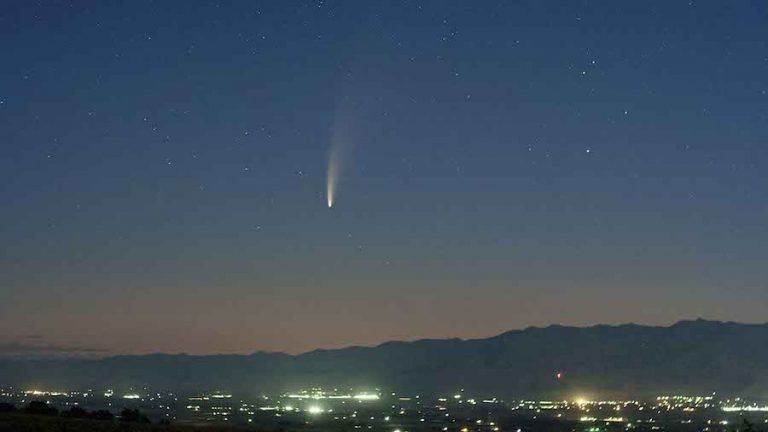

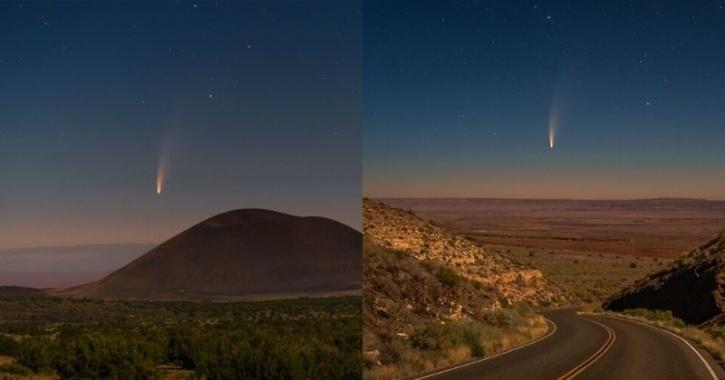
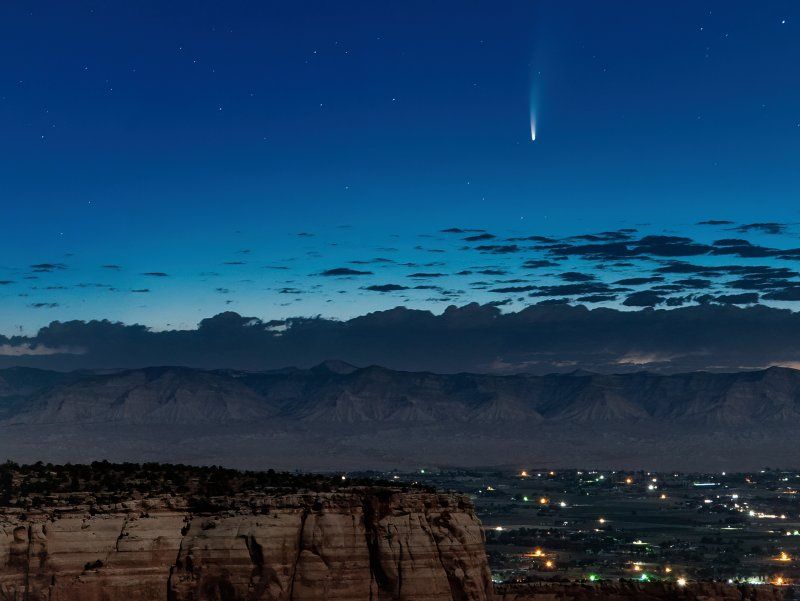
If you live in the Northern Hemisphere, there is still time to catch a glimpse, and you won't want to miss this opportunity. This comet won't be back for 6,800 years, NASA says.
"If you're in the Northern Hemisphere, you can see it," said Joe Masiero, deputy principal investigator of NEOWISE, the NASA space telescope that discovered the comet, in a NASA Science Live webcast Wednesday (July 15). "As the next couple of days progress, it will get higher in the evening sky, so you're going to want to look northwest right under the Big Dipper." (The Big Dipper is a ladle-shaped star pattern that is part of the constellation Ursa Major, the Big Bear.)
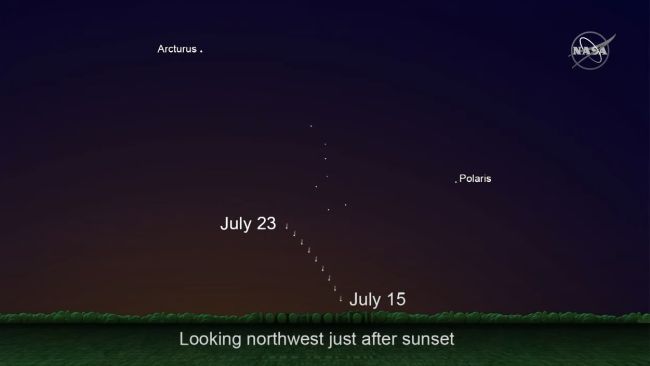
Maserio offered up a couple of tips for those wanting to view the spectacle during the middle of July.
First, you'll want to try and get away from city lights and get settled in a location with a clear, unobstructed view of the northwest horizon.
Also, find out what time your local sunset is. You'll want to wait until 45 minutes after sunset before starting your hunt for the comet.
He says that you want to go out right around the time that the first stars start to show up. The comet will probably be about as bright as some of the stars in the Big Dipper.
To the naked eye, NEOWISE will look like a fuzzy star with a bit of a tail, but binoculars, a small telescope, or a camera lens made for astrophotography offer a much better view.
We would love to see your photos!
If you have captured any cool shots of NEOWISE and would like to share them with the Warp Community, please send them to us at hello@warpinstitute.org
Here is one of my favorites, although the photographer had a bit of an unfair advantage in his perspective of NEOWISE!! 🚀☄️🤩
Last night's fireworks, for real. Because Science. #NEOWISE #comet pic.twitter.com/IKcJ1wLFAl
— Bob Behnken (@AstroBehnken) July 5, 2020
By becoming a premium supporter, you help in the creation and sharing of fact-based optimistic news all over the world.


